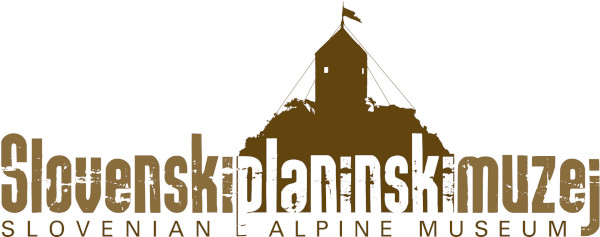If an Accident Happens
The only way to become safe mountaineers is to exercise utmost caution, and through learning and climbing in various types of terrain.
The number of inexperienced tourists who are injured while climbing the mountains alone or without a trained guide is higher than the number of accidents in dangerous, demanding climbs made in the company of experienced mountain guides. He who does not feel completely fit, should not climb to the mountains. He who has a disease, for example a heart condition, should not venture out to difficult peaks. Make no tours in bad weather, and do not set off for high peaks in snow. (Planinski vestnik, 1895)
The mountains have always been and will continue to be regarded as potentially dangerous for visitors, although mass visitation has created a false feeling of security. Before venturing up into the mountains, we should consider our own safety and preparedness for the tour we are planning to take. The aim of the tour is not to conquer the summit but to return home safely; many accident happen during descents. In case of an accident, mountaineers are obliged to help to the best of their knowledge, experience and abilities, and report the accident to the information center (no. 112) or the nearest mountain rescue service. Most accident are caused by insufficient preparation for the tour, overestimation of one’s abilities, inappropriate equipment, poor knowledge of the route and lack of information or underestimation of weather conditions in the mountains. The most common causes of mountain accidents are slips, falling rocks, lightning, avalanches, and hypothermia.
In the past, mountain accidents were rare. If an accident did occur, local people, mountain guides or climbing companions came to the rescue. When mountaineering increased in popularity and alpinism swept the world in the 20th century, the number of accidents and the requirements posed to the rescue service rose as well. To cope with the changing conditions, the first mountain rescue service was established in 1912 in Kranjska Gora within the Slovenian Mountaineering Society. From Kranjska Gora, Mountain Rescue Service spread to other parts of Slovenia which were located close to the mountains. Over time, this first Mountain Rescue Service has grown into a powerful organization with a well-developed network of rescue service stations across Slovenia which are characterized by state-of-the-art equipment, modern rescue techniques and a dedication to helping mountaineers in trouble.



















